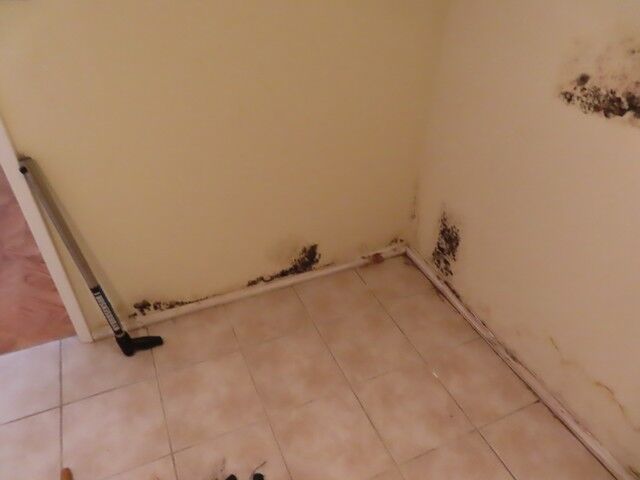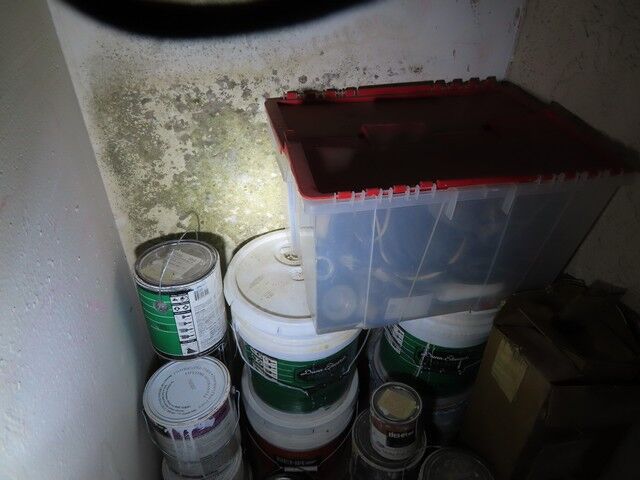Mold is a common yet often overlooked issue that can have serious implications for homeowners, especially in the temperate climate of Southern California. With its warm weather and occasional bouts of humidity, the region provides an ideal breeding ground for mold. This guide aims to equip homeowners with essential knowledge about mold inspections, the significance of hiring professional mold inspectors, and effective mold remediation strategies.
Understanding Mold: What Is It?
Mold is a type of fungus that thrives in moist environments. It can appear in various colors and forms, ranging from black to green to white. Mold reproduces through tiny spores that can travel through the air, making it easy for them to infiltrate homes and buildings.
Why Does Mold Grow?
Mold requires three main conditions to flourish: moisture, organic material (like wood or drywall), and a suitable temperature. In Southern California, moisture might come from:
- Leaky Pipes: Water leaks from plumbing can create damp spots. High Humidity: When humidity levels rise, especially during summer months. Poor Ventilation: Areas like attics or basements that lack airflow.
Health Implications of Mold Exposure
Exposure to mold can lead to various health issues, particularly respiratory problems. Symptoms may include:
- Coughing Sneezing Eye irritation Skin rashes
In some cases, individuals with asthma or other pre-existing conditions may experience aggravated symptoms upon exposure.
The Importance of Mold Inspections
What Are Mold Inspections?
Mold inspections are systematic evaluations conducted by trained professionals to identify the presence and extent of mold growth within a property. They utilize specialized equipment such as moisture mold inspections LA Golden State Mold meters and air sampling kits.
When Should You Get a Mold Inspection?
Homeowners should consider scheduling a mold inspection under several circumstances:
Visible Signs of Mold: If you notice discoloration on walls or ceilings. Water Damage: After flooding or significant leaks. Musty Odors: A persistent musty smell can be an indicator. Health Symptoms: If occupants experience unexplained health issues.Choosing Qualified Mold Inspectors in Southern California
What Qualifications Should You Look For?
When selecting mold inspectors, ensure they have:

- Appropriate certifications (e.g., IICRC) Experience in mold identification Positive customer reviews
Questions to Ask Potential Inspectors
Before hiring a mold inspector, consider asking:
How long have you been conducting mold inspections? Can you provide references? Do you offer post-remediation verification?The Process of Mold Inspections
Initial Assessment
The initial assessment involves a thorough walkthrough of your property by the inspector who will look for visible signs of mold and any potential sources of moisture.

Testing for Airborne Spores
Air quality testing is often conducted using specialized equipment that captures air samples to analyze the concentration of mold spores present.
Interpreting Inspection Results
Once the inspection is complete, you’ll receive a detailed report outlining:
- Locations and types of mold found Recommendations for remediation Estimated costs associated with removal
Understanding Mold Remediation
What Is Mold Remediation?
Mold remediation refers to the process of removing mold from an environment while ensuring that it does not return. This typically involves containment, removal, cleaning, and restoration efforts.

Steps Involved in Effective Remediation
Containment: Sealing off affected areas to prevent spores from spreading. Removal: Disposing of contaminated materials such as drywall or carpets. Cleaning: Using antimicrobial solutions on surfaces where mold was present. Restoration: Repairing or replacing damaged structures and materials.DIY vs Professional Remediation: Pros & Cons
Pros of DIY Remediation
- Cost-effective if dealing with minimal contamination. Immediate action can prevent further damage.
Cons of DIY Remediation
- Lack of professional insight may lead to incomplete removal. Potential health risks if not handled properly.
When Is Professional Help Necessary?
For extensive infestations or high-risk environments (e.g., commercial properties), it’s best to hire professionals who are equipped with the necessary tools and expertise for effective remediation.
Common Myths About Mold Inspections and Remediation
All molds are toxic: Not all molds produce mycotoxins; many are harmless. Bleach kills all molds: While bleach can kill surface molds, it doesn’t penetrate porous materials effectively.Preventative Measures Against Future Mold Growth
Maintain indoor humidity levels between 30% - 50%. Ensure proper ventilation in bathrooms and kitchens. Regularly inspect plumbing for leaks and repairs as needed.FAQs About Mold Inspections in Southern California
Q1: How much do mold inspections typically cost?
A1: The cost varies depending on factors like property size but generally ranges from $300-$800.
Q2: How long does a typical inspection take?
A2: Most inspections last between 1 to 3 hours depending on property size and complexity.
Q3: What happens if mold is found during an inspection?
A3: The inspector will provide recommendations for remediation based on severity levels identified during testing.
Q4: Can I stay in my home during remediation?
A4: Depending on the extent of contamination, it may be safe; however, vacating during extensive work is advisable for safety reasons.
Q5: Will insurance cover the costs associated with mold remediation?
A5: Coverage varies; check your policy specifics regarding water damage claims which may impact coverage for related mold issues.
Q6: How often should I get my home inspected for mold?
A6: It’s advisable to schedule inspections annually or after any significant water event (like flooding).
Conclusion
Understanding how vital mold inspections are cannot be overstated—especially in regions like Southern California where conditions favor growth. By being proactive about identifying potential issues through regular inspections, homeowners can safeguard their health and protect their property value from future damages caused by neglecting this pervasive problem.
This comprehensive guide has illuminated crucial aspects surrounding "The Ultimate Guide to Mold Inspections in Southern California: What Homeowners Need to Know." By arming yourself with knowledge about inspections and remediation strategies mentioned above, you're better prepared to maintain a safe living environment free from harmful molds.
In summary:
- Always prioritize regular assessments. Engage certified professionals when necessary. Stay informed about preventative measures against future outbreaks.
By taking these steps today, you're investing in your property's longevity while ensuring your household remains healthy—a win-win situation worth pursuing!